Easy Crochet Stitches to Master: 9 Essential Techniques
Do you ever read a pattern and wonder what each of the crochet stitches is? I was there as a beginner and so we want to help you learn the stitches.
The word “crochet” derives from the French term meaning “small hook,” which aptly describes the tool essential for this craft.
Crochet can be traced back centuries, with its origins often associated with ancient cultures across the globe. However, it gained prominence in Europe during the 19th century and has since become a beloved pastime for many of us.
Table of Contents
Crochet Stitches

Crochet stitches are the building blocks of every project, much like individual brushstrokes that contribute to an artistic masterpiece.
They determine both the structure and aesthetics of our creations. From the basic stitches like single crochet and double crochet to more intricate techniques such as shell stitch or treble crochet stitch, each stitch plays a crucial role in bringing your projects to life.
The beauty of mastering various crochet stitches lies in its endless possibilities. With a rich repertoire of stitches at your disposal, you can create anything from delicate lace doilies to cozy afghans and baby blankets.
The choice of stitch pattern can change the entire look and feel of a project, whether you’re aiming for an intricate design or seeking simplicity in granny squares or waffle stitch patterns.
Just as each artist develops their favorite techniques over time, every crocheter discovers their preferred set of essential crochet stitches.
These favorite stitches become familiar companions that accompany us through countless projects. They provide comfort and confidence as we embark on new endeavors, whether it’s following a free pattern or improvising our own unique creations.
Understanding different types of crochet stitches not only opens doors to creativity but also equips us with valuable skills to pursue various techniques like Tunisian crochet or broomstick lace.
Additionally, with the vast resources available today, such as video tutorials and online crochet stitch tutorials, learning new stitches has never been easier. We will be highlighting some of the amazing videos that are free to watch below.
These resources offer step-by-step guidance, helping us master techniques and enabling us to tackle even the most complex stitch patterns with ease. Crochet stitches are the heart and soul of this beloved craft.
They have a rich history rooted in cultures worldwide and continue to play an essential role in creating beautiful projects. Whether you’re a beginner or an experienced crocheter, expanding your repertoire of stitches will undoubtedly enhance your crochet journey and unlock countless possibilities for your next project. Here are the most Basic crochet stitches:
Chain Stitch
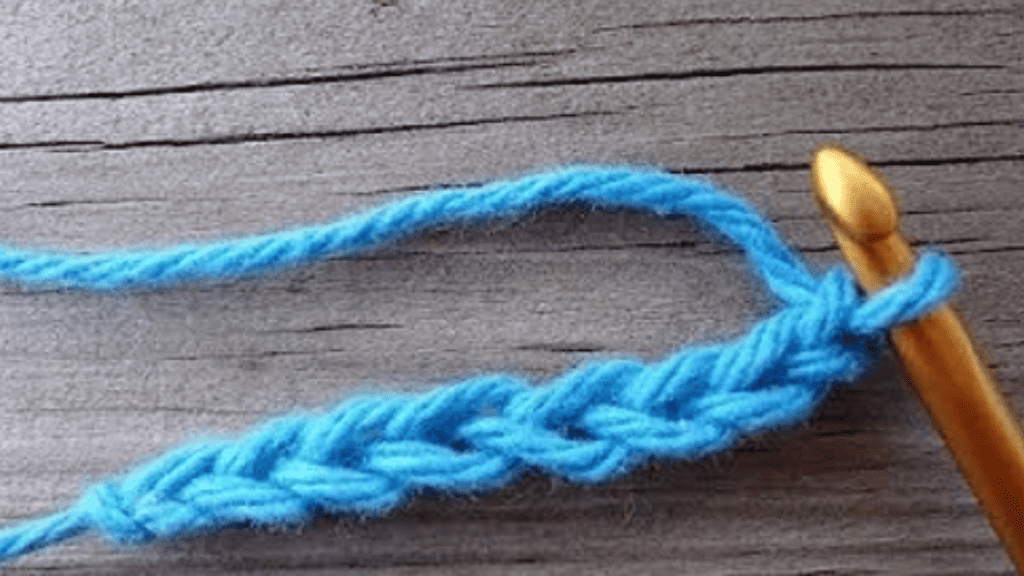
Video Tutorial: Chain Stitch
Abbreviation: ch
The crochet chain stitch (also called foundation chain) serves as the starting point for all your crochet endeavors. It consists of a series of interlocking loops, resembling a delicate string of pearls.
To create this foundational stitch, you simply make a slipknot and pull your hook through it, repeating the process until you have the desired number of stitches.
The chain stitch holds immense importance as it determines the length and width of your project. Whether you’re making baby blankets or intricate doilies, mastering the art of creating an even and consistent chain is crucial.
Single Crochet Stitch

Video Tutorial: Single Crochet Stitch
Abbreviation: sc
This stitch is perfect for beginners venturing into the world of crochet. With just one loop on your hook, you can easily navigate through rows and create beautiful fabric in no time.
Whether crafting scarves, dishcloths, or amigurumi creatures, single crochet brings forth its elegance in every stitch. To work a single crochet stitch:
1. Insert your hook into the next stitch. 2. Yarn over (wrap yarn around hook from back to front).
3. Pull through both loops on your hook. 4. One single crochet completed!
Double Crochet
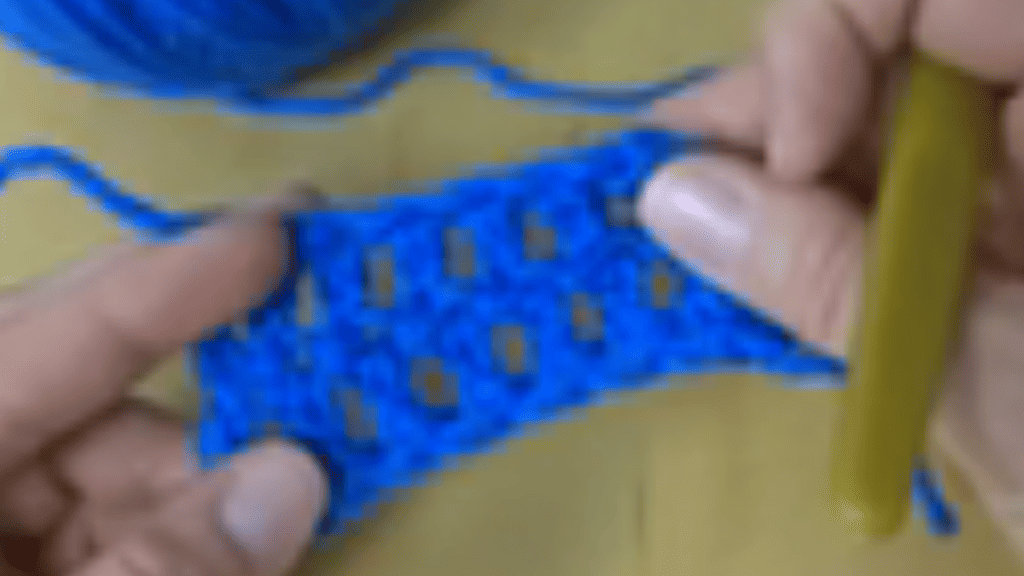
Video Tutorial: Double Crochet
Abbreviation: dc
Make sure you practice the other 2 stitches again and again until you are really good at them. After that, you are ready for the double crochet.
This versatile stitch offers more openness to your projects while maintaining a stable structure—a perfect combination for creating garments or lightweight accessories. To achieve this lovely taller stitch:
1. Yarn over before inserting your hook into the next stitch.
2. Insert the hook into that desired spot.
3. Yarn over again and pull through the stitch, resulting in three loops on your hook.
4. Yarn over once more and pull through the first two loops.
5. Repeat step 4, pulling through the remaining two loops. Mastering these basic crochet stitches opens up endless possibilities for your crochet projects, allowing you to experiment with different crochet stitches and techniques.
The chain stitch serves as a starting point for any project, determining its length and width. Single crochet provides simplicity and versatility, making it perfect for beginners diving into the world of crochet.
Meanwhile, double crochet brings height and drape to your creations, adding an elegant touch to garments or accessories. So grab your hook, choose your favorite yarn, and let these basic stitches be the perfect foundation for your happy crocheting!
Next you will be learning Intermediate Crochet Stitches. Here are the most common ones you will see in patterns.
Half-Double Crochet
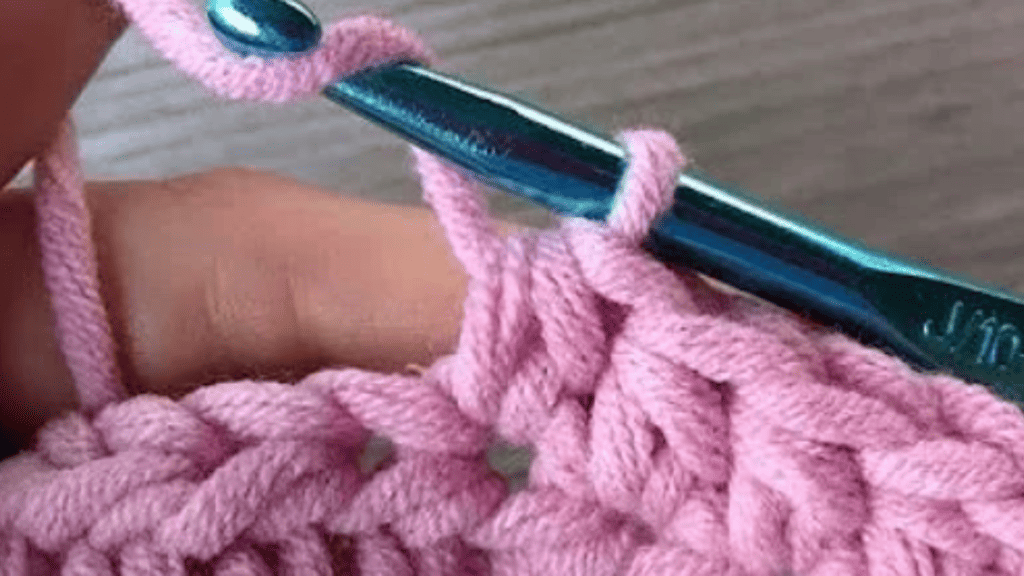
Video Tutorial: Half-Double Crochet
Abbreviation: hdc
When you’ve mastered the basic single crochet stitch and are ready to take your crochet journey to the next level, the half-double crochet stitch is a perfect transition.
It strikes a balance between the simplicity of single crochet and the height of double crochet. To work a half-double crochet stitch, start by inserting your hook into the next stitch, yarn over (wrap your yarn around the hook), then pull through, having three loops on your hook.
Yarn over once again and pull through all three loops. This versatile stitch can be used for a variety of projects, including scarves, hats, and even intricate afghans like waffle stitch blankets.
Treble Crochet
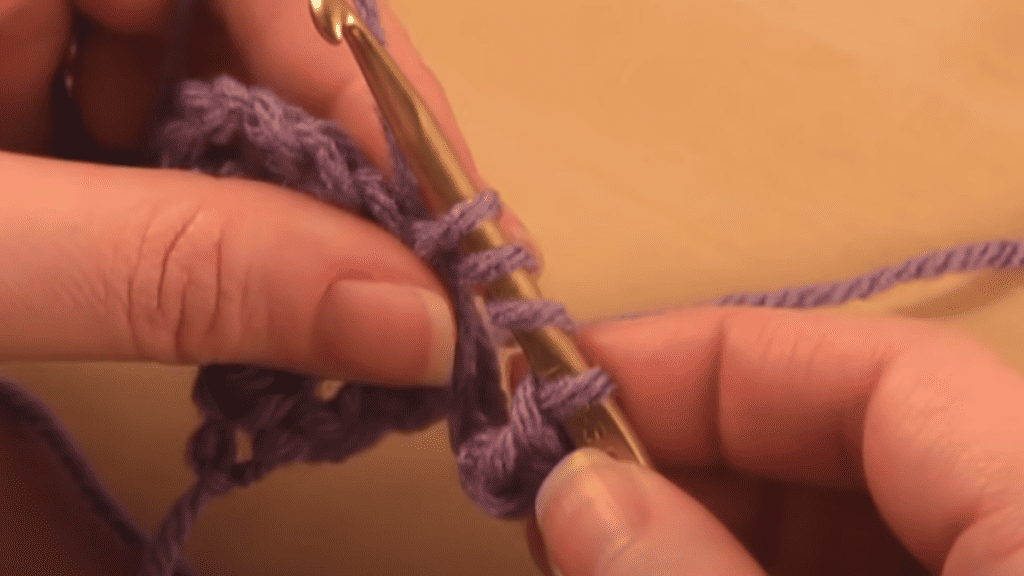
Video Tutorial: Treble Crochet
Abbreviation: tc
If you desire lacy and openwork designs in your projects or want to add height to your stitches, treble crochet is an excellent choice. It’s one of the taller stitches in standard crochet patterns and creates a lovely drape in garments or delicate shawls.
To execute this stitch, begin by yarn over twice before inserting your hook into the desired stitch.
Next, yarn over again and pull through two loops on your hook four times until only one loop remains on the hook.
With its elongated look created by multiple yarn overs throughout each row or round, treble crochet adds an elegant touch to any project.
Shell Stitch
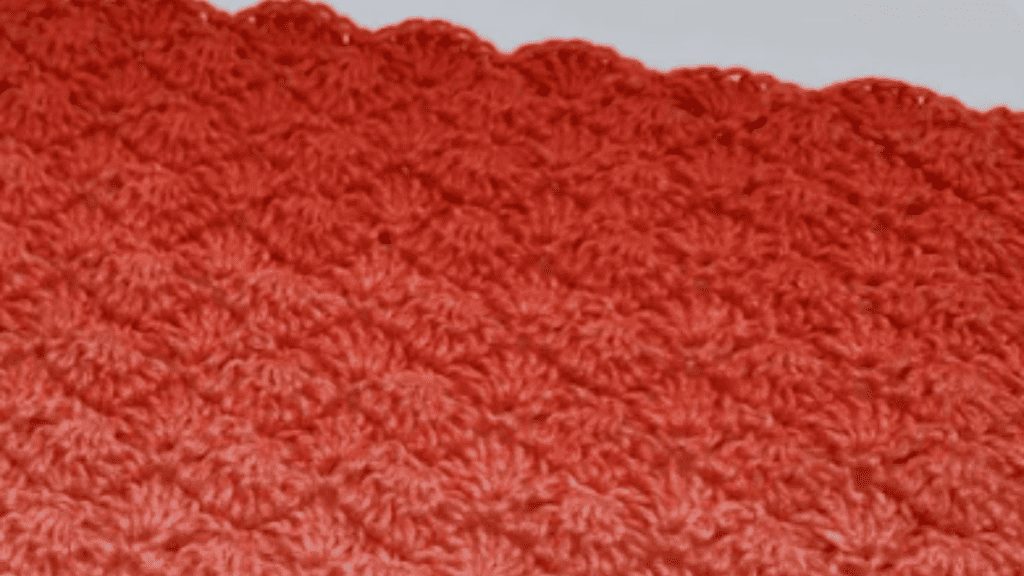
Video Tutorial: Shell Stitch
Abbreviation: sh
The shell stitch is a delightful technique that allows you to create decorative clusters of stitches resembling seashells – hence its name!
This charming design element gives texture and visual interest to garments, blankets, or even home décor items like pillows or throws.
The shell consists of several stitches worked into the same stitch or space, typically using double or treble crochet stitches.
To form a shell, you may need to work multiple stitches, such as five double crochet stitches in the same stitch space.
By varying the number of stitches and their placement, you can customize the size and appearance of each shell stitch to suit your project’s needs.
Intermediate crochet stitches offer a wonderful opportunity to expand your repertoire beyond basic single crochet stitches. The half-double crochet stitch bridges the gap between single and double crochet, providing versatility for various projects like hats or scarves.
Treble crochet brings height and an airy feel to lacy designs where elegance is key. The shell stitch adds decorative clusters that resemble beautiful seashells to enhance your creations with texture and visual intrigue.
With these new techniques at your fingertips, you’ll be ready to explore more complex patterns and free crochet patterns found in books or shared on social media platforms by fellow crocheters.
Enjoy experimenting with different stitch combinations and incorporating these intermediate stitches into your next masterpiece!
Now we are going to explore Advanced Crochet Stitches. Make sure you are really good at easy crochet stitches before trying these advanced stitches. Here are the different stitches that are more advanced.
Crochet Popcorn Stitch
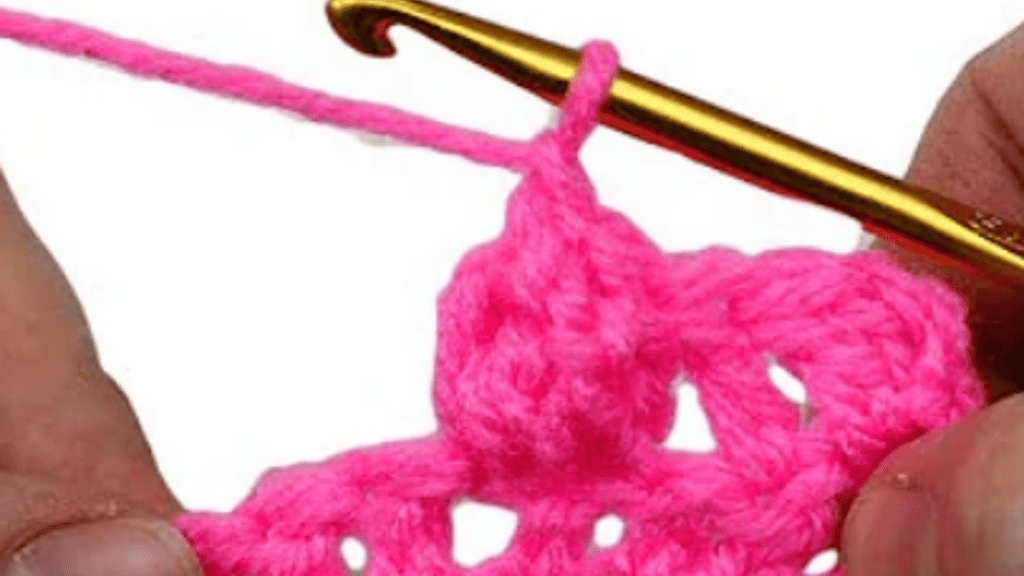
Video Tutorial: Popcorn Stitch
Abbreviation: pc
The popcorn stitch is a fantastic way to add texture and visual interest to your crochet projects. This stitch creates raised bobbles, often referred to as “popcorns,” that stand out from the rest of the fabric. The process of making a popcorn stitch is simple but rewarding.
To create a popcorn stitch, you will work multiple double crochet stitches into the same stitch or space and then close them together. This forms a compact cluster that pops out from the surface, adding depth and dimension.
One popular use for the popcorn stitch is in creating baby blankets. The fluffy bobbles create a tactile experience for babies and add an extra layer of coziness to their blankets.
Additionally, this stitch can be incorporated into hats, scarves, and even home decor items like pillows or throws. It’s an excellent choice when you want to make a bold statement or highlight specific areas in your crochet design.
Crochet Cable Stitch
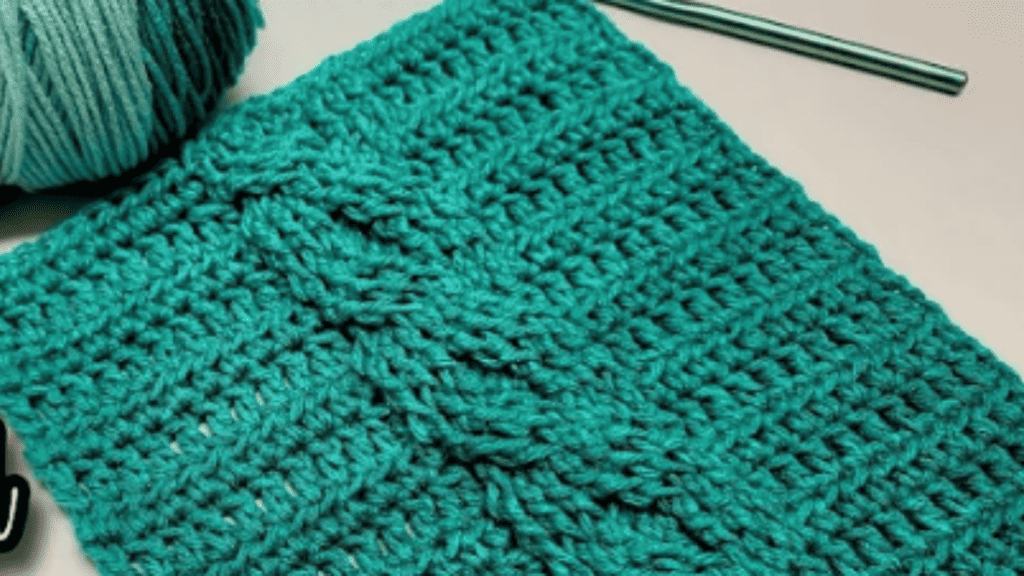
Video Tutorial: Crochet Cable Stitch
If you love the look of knitted cables but prefer crochet as your craft of choice, then the cable stitch is perfect for you! This intricate technique mimics the appearance of knitted cables by crossing stitches over each other, resulting in beautiful interwoven designs.
The cable stitch works particularly well when creating warm and cozy garments such as sweaters, cardigans, or even accessories like headbands or fingerless gloves.
To achieve this stunning effect using crochet techniques alone requires a bit more skill than some other stitches. It often involves working front post stitches, which are double crochets that are inserted around the front of the corresponding stitch on the previous row.
By manipulating these stitches and their placement, you can create the illusion of interlocking cables. Although mastering cable stitch may take a little practice, once you become familiar with the technique, it will feel like second nature.
Crochet Pineapple Stitch

Video Tutorial: Crochet Pineapple Stitch
The pineapple stitch is a delicate lace pattern that resembles the intricate motifs found on pineapples – hence its name! This stunning stitch adds an air of elegance and sophistication to any crochet project.
Often used in doilies, shawls, or table runners, this lace pattern features openwork designs that resemble layers of cascading pineapples.
Creating the pineapple stitch requires a combination of single crochet stitches, chains, and double crochets expertly formed into clusters. These clusters are worked into specific spaces in such a way that they fan out gracefully across your crochet fabric.
The result is an exquisite texture that showcases both intricacy and artistry. Due to its complexity, it’s best to have some experience with basic crochet stitches before attempting the pineapple stitch.
However, don’t be discouraged if it takes a few tries to get the hang of it! Once you grasp the pattern’s rhythm and understand how each cluster comes together, you’ll find yourself creating flawless pineapples in no time.
Crochet Edging
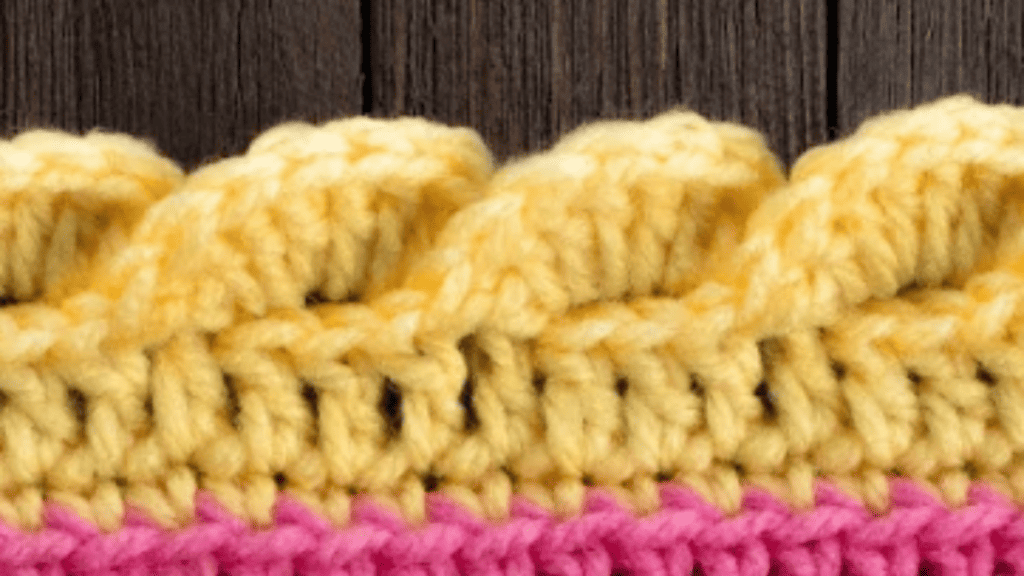
Video Tutorial: Crochet Edging
Adding a beautiful edging to your crochet projects is like putting the cherry on top of a delicious cake. It not only enhances the overall design but also provides a polished and finished look.
There are countless ways to create decorative borders or trims, depending on your personal style and the nature of your project. You can opt for simple single or double crochet stitches worked along the edge, creating a clean and straightforward border.
Alternatively, you can experiment with more intricate stitch patterns like shells, picots, or fans to add texture and elegance.
If you’re looking for inspiration, online resources such as crochet stitch tutorials or free crochet pattern blogs can provide you with a plethora of ideas for different edging styles.
Whether it’s a delicate scalloped edge for a baby blanket or an elaborate lace trim for a shawl, the options are endless. Don’t be afraid to let your creativity flourish!
When it comes to finishing techniques in crochet, blocking ensures that your project is shaped flawlessly and showcases the beauty of each stitch pattern. Joining techniques allow you to seamlessly connect different pieces together while maintaining durability and aesthetic appeal.
Edging options offer endless possibilities for adding decorative borders that enhance the overall design of your crochet projects. By mastering these techniques, you’ll elevate your crocheting skills and achieve professional-looking results every time.
Maintaining Consistency in Your Stitches
When it comes to crochet, maintaining consistency in your stitches is key to achieving a polished and professional look. One of the best ways to ensure this is by paying close attention to your tension. Tension refers to how tightly or loosely you hold the yarn while crocheting.
Experiment with different grip styles until you find what feels comfortable for you. Remember, it’s essential to keep your tension consistent throughout your project; otherwise, you may end up with stitches that are too tight or too loose.
Another helpful tip is practicing proper hand placement. Holding the crochet hook correctly can make a significant difference in the outcome of your stitches.
Generally, it’s recommended to hold the hook like a pencil or a knife, whichever feels more comfortable for you. This allows you to have better control over your movements and promotes even stitch formation.
Counting Crochet Stitches
Accurate stitch and row counting play a vital role in ensuring that your crochet projects turn out as planned. To count stitches, gently spread out your work and run your finger along each vertical bar until you reach the desired number.
For row counting, identify the top loops of each stitch on one side of the fabric and count them individually. To keep track of complex patterns or larger projects, consider using stitch markers or highlighters at regular intervals.
They will serve as visual reminders of where specific stitches or pattern repeats should be placed. Additionally, using row counters can be immensely useful when working on intricate designs that require numerous rows.
Fixing Crochet Stitch Mistakes
Mistakes happen even to experienced crocheters but fear not! The beauty of crochet is that mistakes can usually be fixed without unraveling everything you’ve worked so hard on.
If you notice an error a few rows back, you can carefully undo the stitches up to that point by inserting your hook into each stitch and pulling out the yarn. Once you’ve reached the row with the mistake, you can fix it and continue crocheting from there.
For simple errors like dropped stitches or accidental increases or decreases, a crochet hook smaller than your working size can be a lifesaver. Use it to catch and correct any mistakes without disturbing the surrounding stitches.
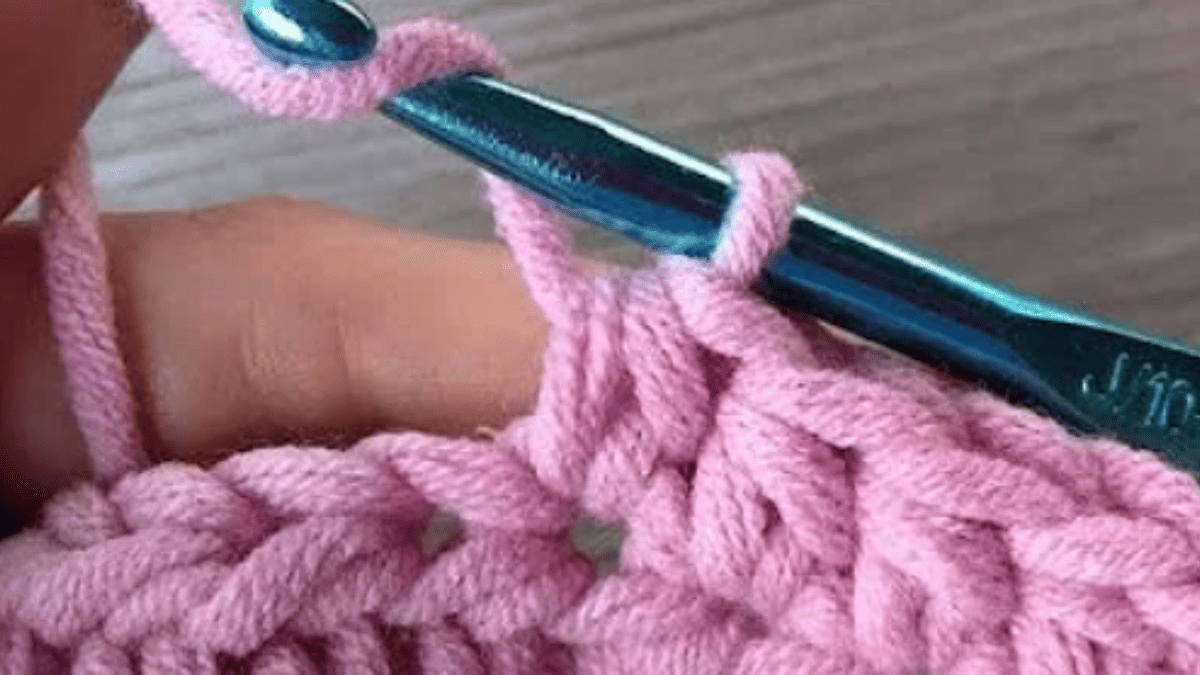
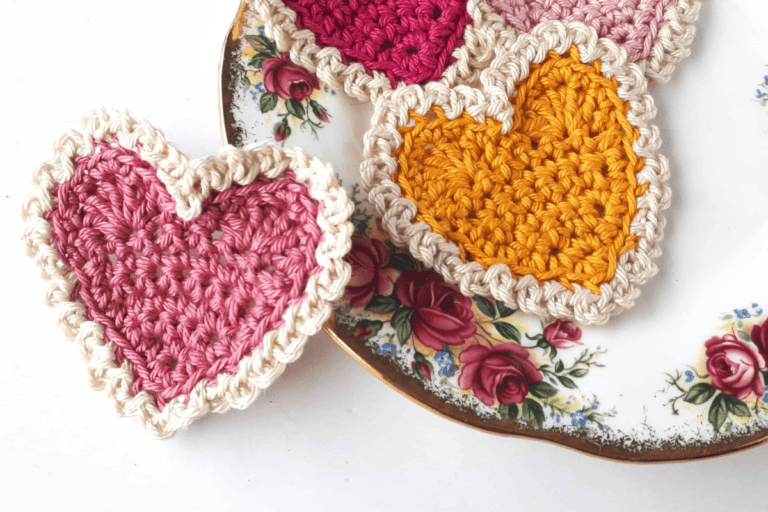
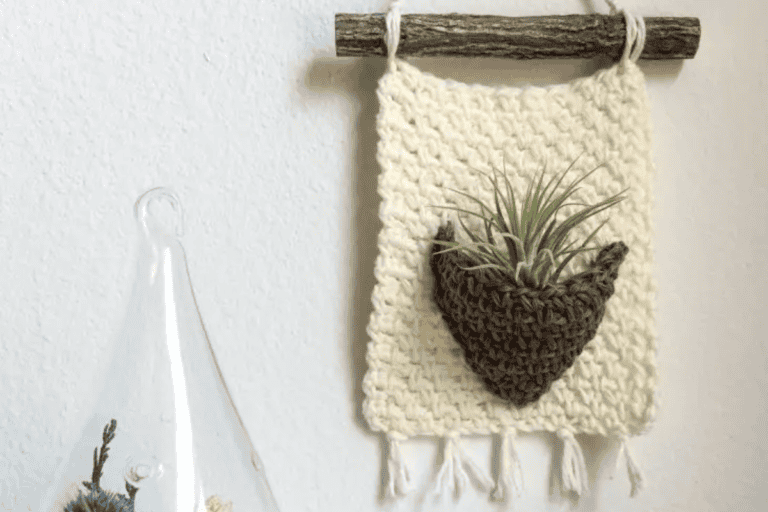
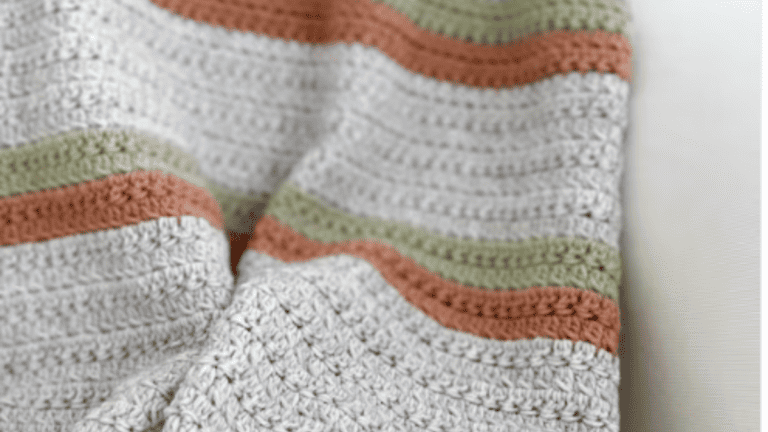
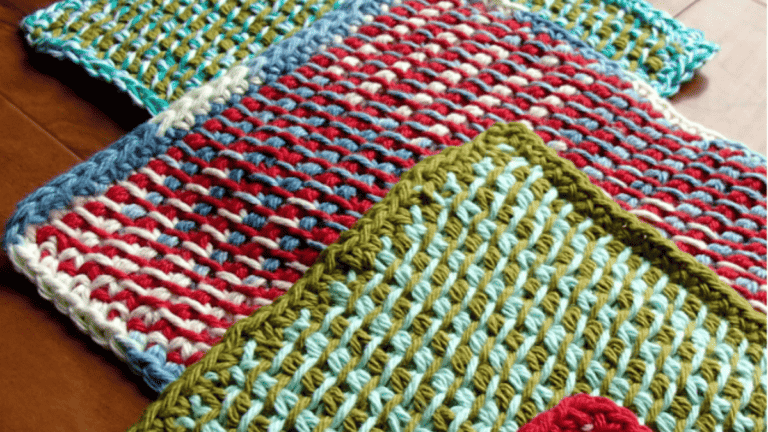
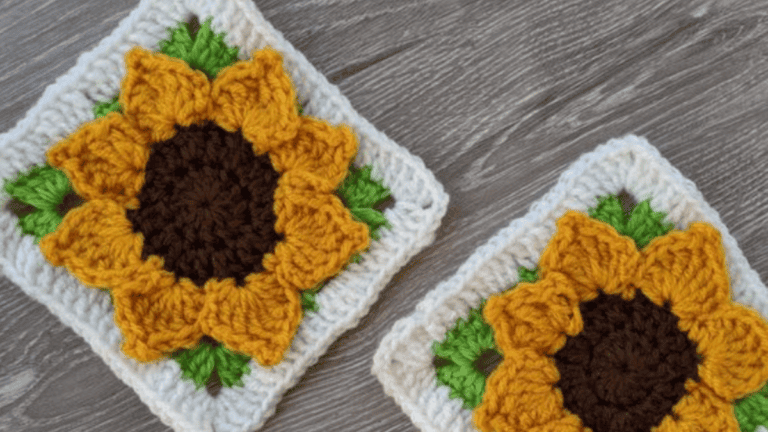
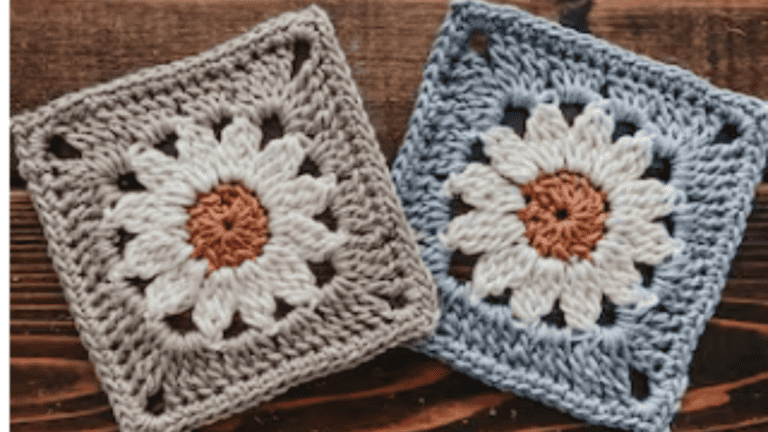
27 Comments